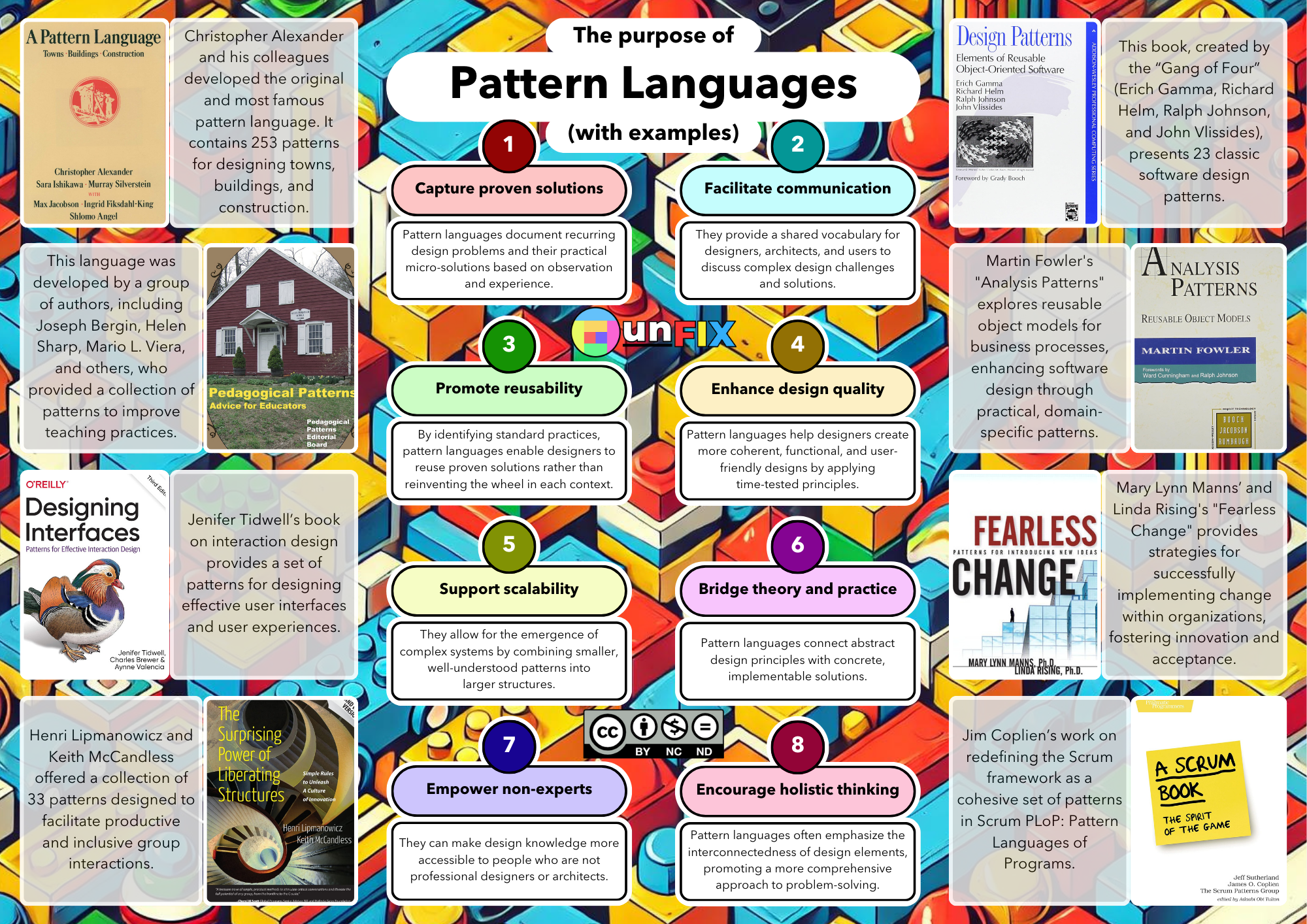
The Purpose of Pattern Languages
Pattern languages aim to make the design and development of complex and context-dependent solutions more effective and collaborative.
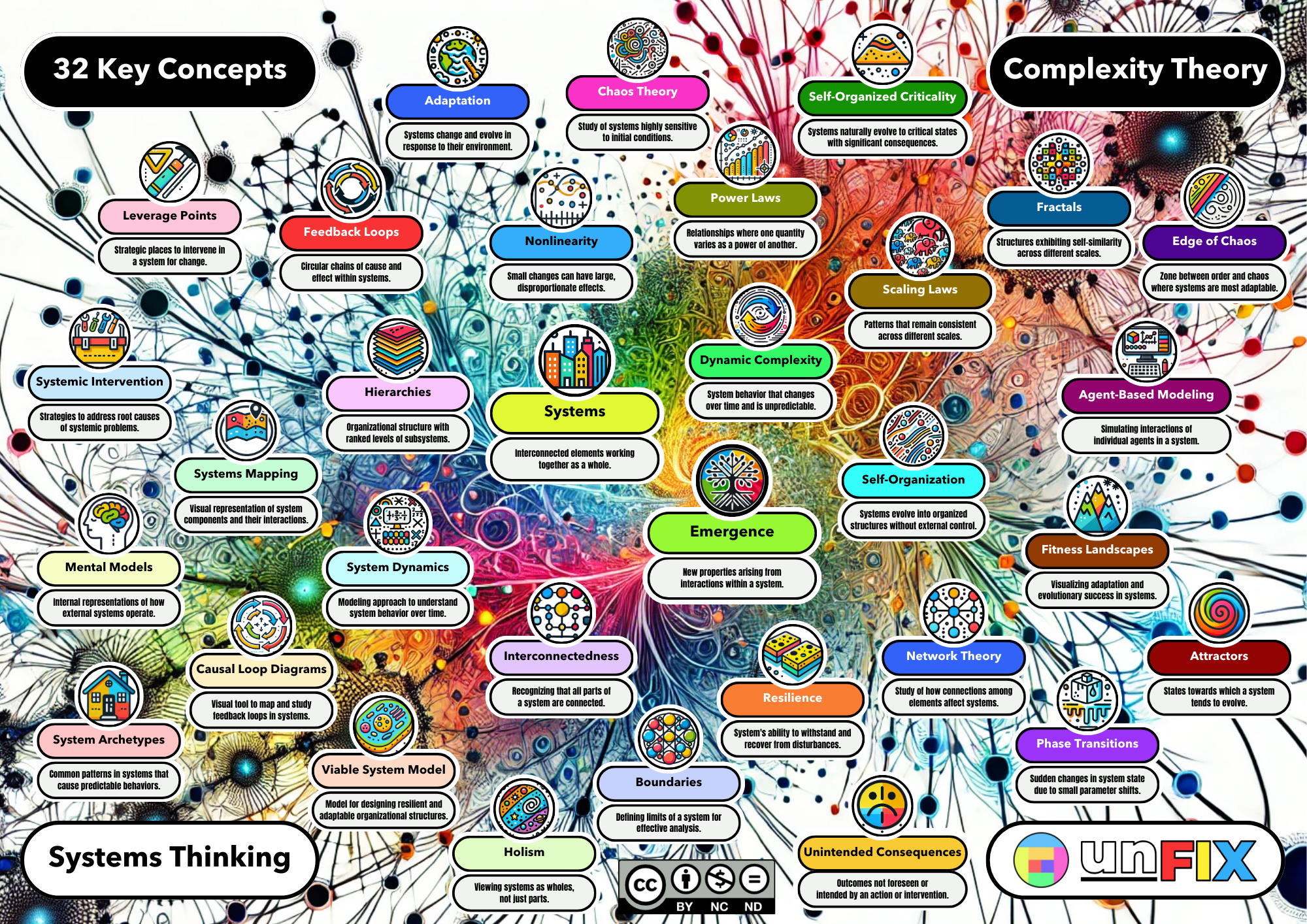
32 Key Concepts in Systems Thinking and Complexity Theory
Systems thinking and complexity science offer a solid foundation for Lean, Agile, and other modern approaches to organizational design and development.
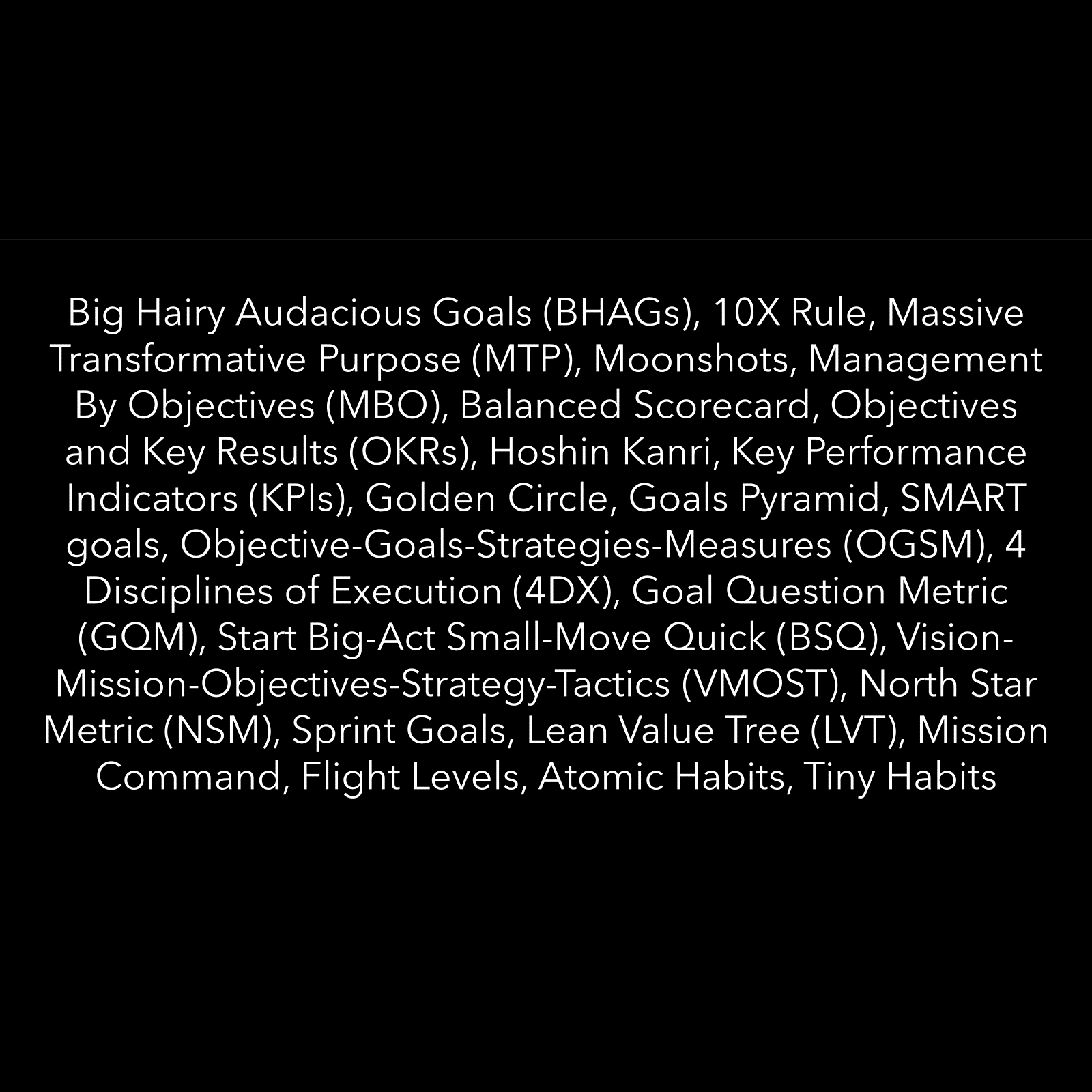
An Objection to Objectives
Organizations are addicted to goal-setting. Aiming for what’s new must be balanced with protecting what we have.
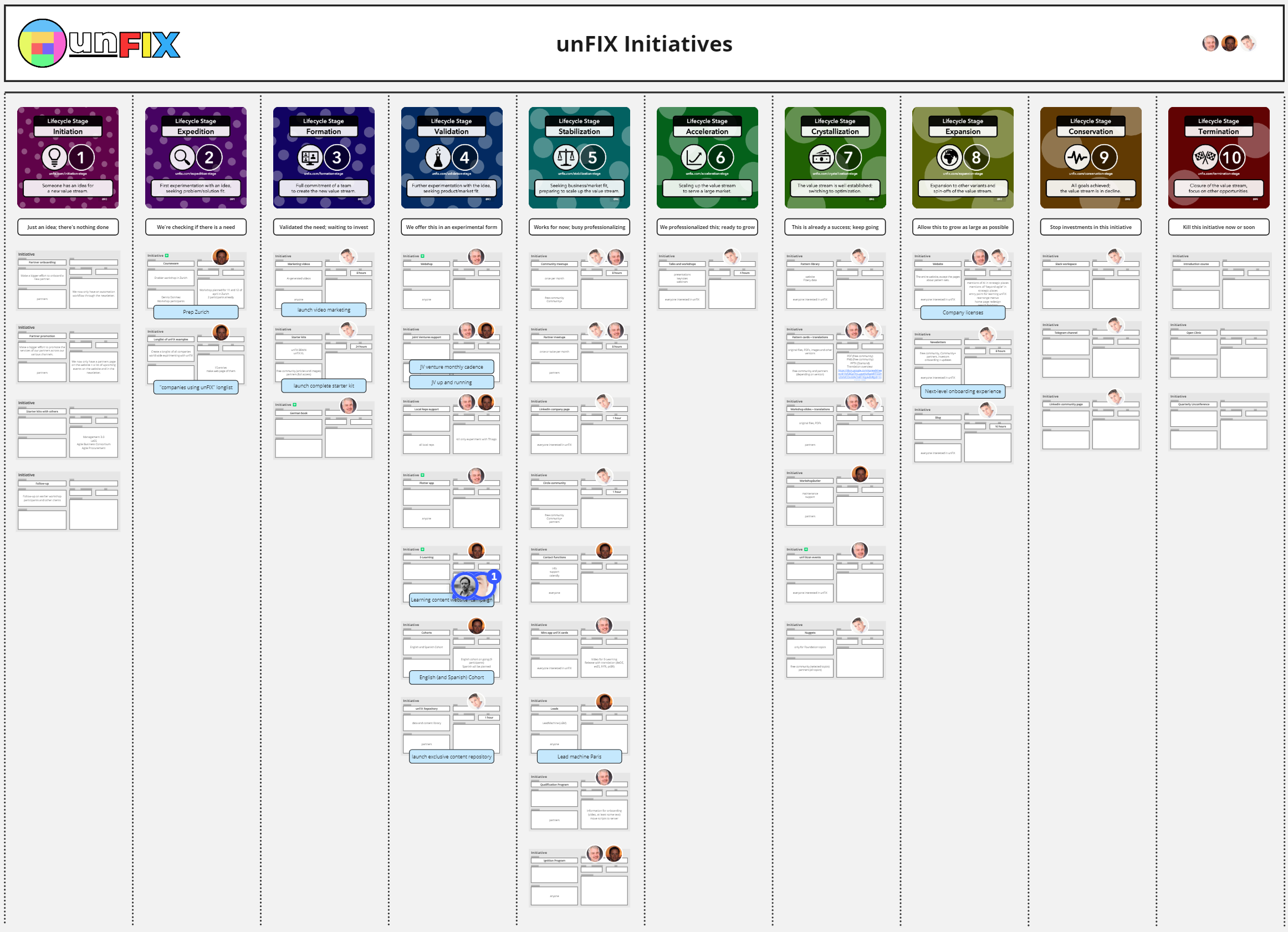
You Are a Portfolio Manager (Everyone Is)
If you don't manage your portfolios, you only build but never own.
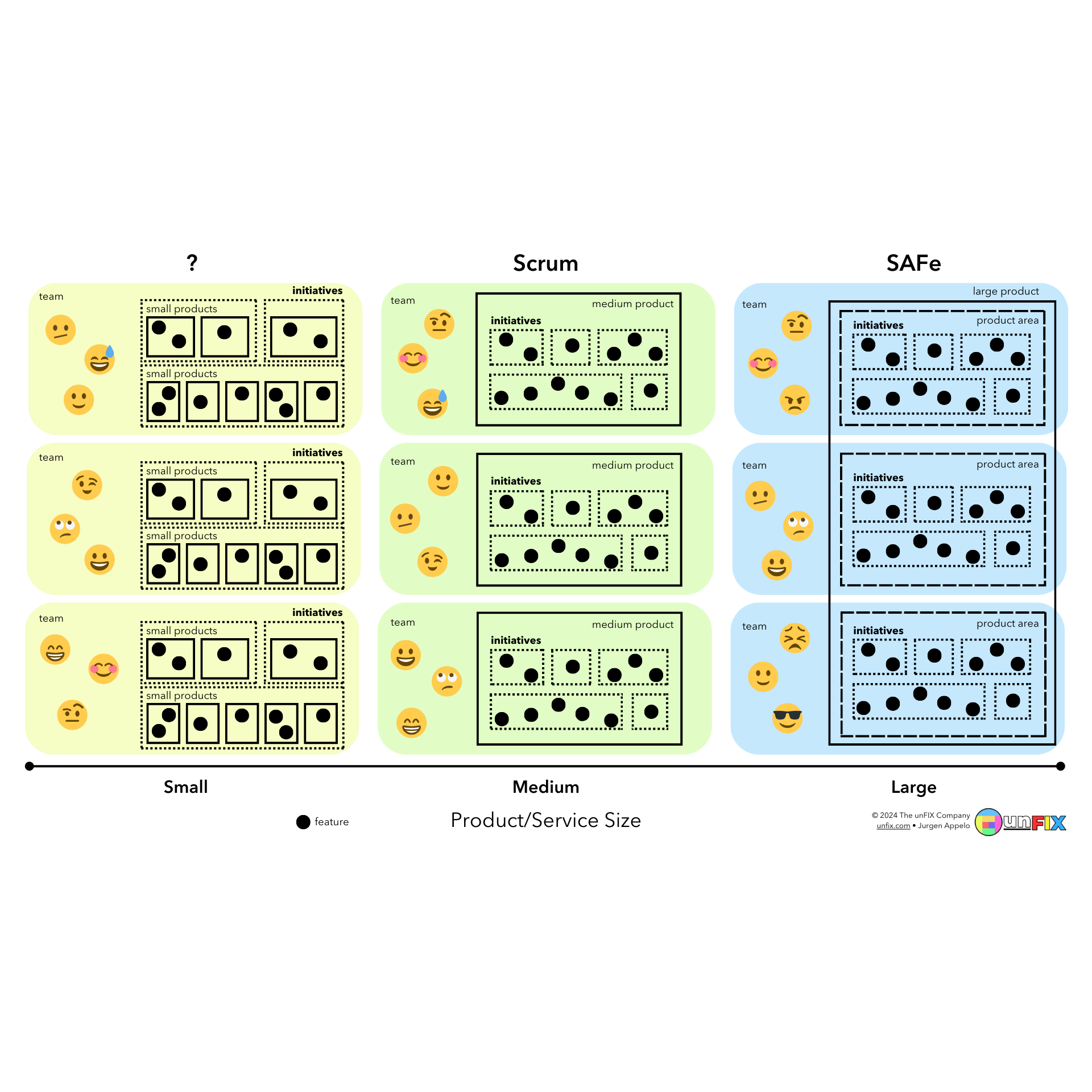
Initiatives: What Scrum and SAFe Ignored
Anything that you continuously or continually make available to stakeholders is an Initiative. An Initiative never spontaneously disappears. It needs frequent monitoring and regular maintenance.

Be an Artisan or Communicator
As AI gets better at digital tasks, we should focus on what makes us unique as humans. Emotional connection, creativity, and physical skills are more critical than ever.

Become a Specializing Generalist
The new organizational focus should be on teams filled with M-skilled (cross-functional) people who can connect the dots between multiple disciplines.

Don't Lose Your Annual Budget; Plan to Kill It.
Yearly budgets are a symptom of an unhealthy organization. Use your budget now by spending it on good medicine. Lead by example. Start the change from where you are. Introduce new ideas in the organization that, someday, will result in the dismantling of the archaic annual budgeting process.

The Purpose of a System Is What It Does
When a community claims its ideology intends to do A, but everyone can see that the actual behaviors of community members are B, then the system's purpose is B, not A.

“How Is unFIX Doing?”
Every week, people ask me, "What about unFIX? How is it doing?" The answer, of course, depends on how you measure it.
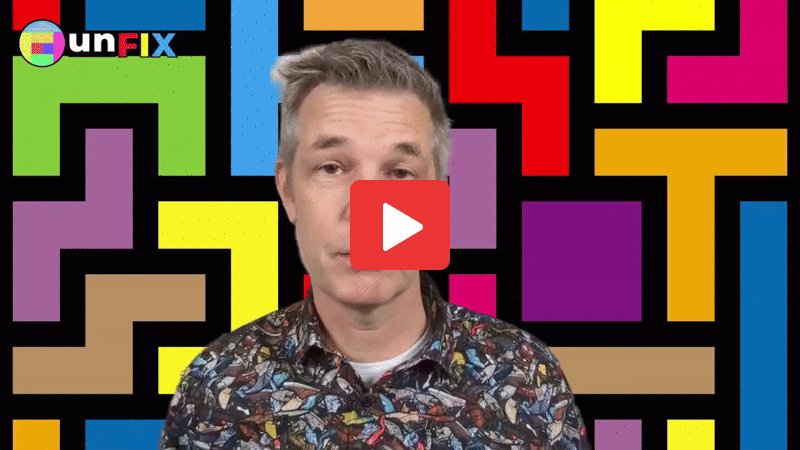
Rethink Your Job, or Prepare to Retire
The nature of the work has changed, and it's essential to rethink your role in this evolving landscape. I will not be replaced by AI; I will be replaced by someone who makes better use of AI.

Hard Agile, Soft Agile, and Not Agile
Labeling every non-pure Agile approach as “waterfall” is not helpful. Big Design Upfront only exists in the first quadrant, which we can indeed label as “Not Agile.”

Ten Lifecycle Stages of a Value Stream
The ten lifecycle stages are fractal: they can apply to entire businesses and individual feature sets.

The First CX Test: Where’s My Invoice?
Many product teams fail to understand the customer experience. For example, if you force me to go on a treasure hunt to find the invoices, you already failed the First CX Test.



The Multiteaming Way: Organized Anarchy at a Startup Company
Multiteaming is a form of organized anarchy. A whole-team method for everything doesn't work for us. And one person per area also doesn't work. Multiteaming is a practical solution for now.

We Don't Believe in an Implementation Roadmap.
An agile transformation is not a step-by-step process with a linear roadmap. It is messy, fuzzy, and non-linear. You must revisit each stream of the Innovation Vortex regularly, and your organization design will never achieve the status of Done. The best you can aim for is Good Enough for Now.

Agility Scales Is Dead. Long Live The unFIX Company.
By shedding the language of our past, we can more easily cut a path toward the future.

